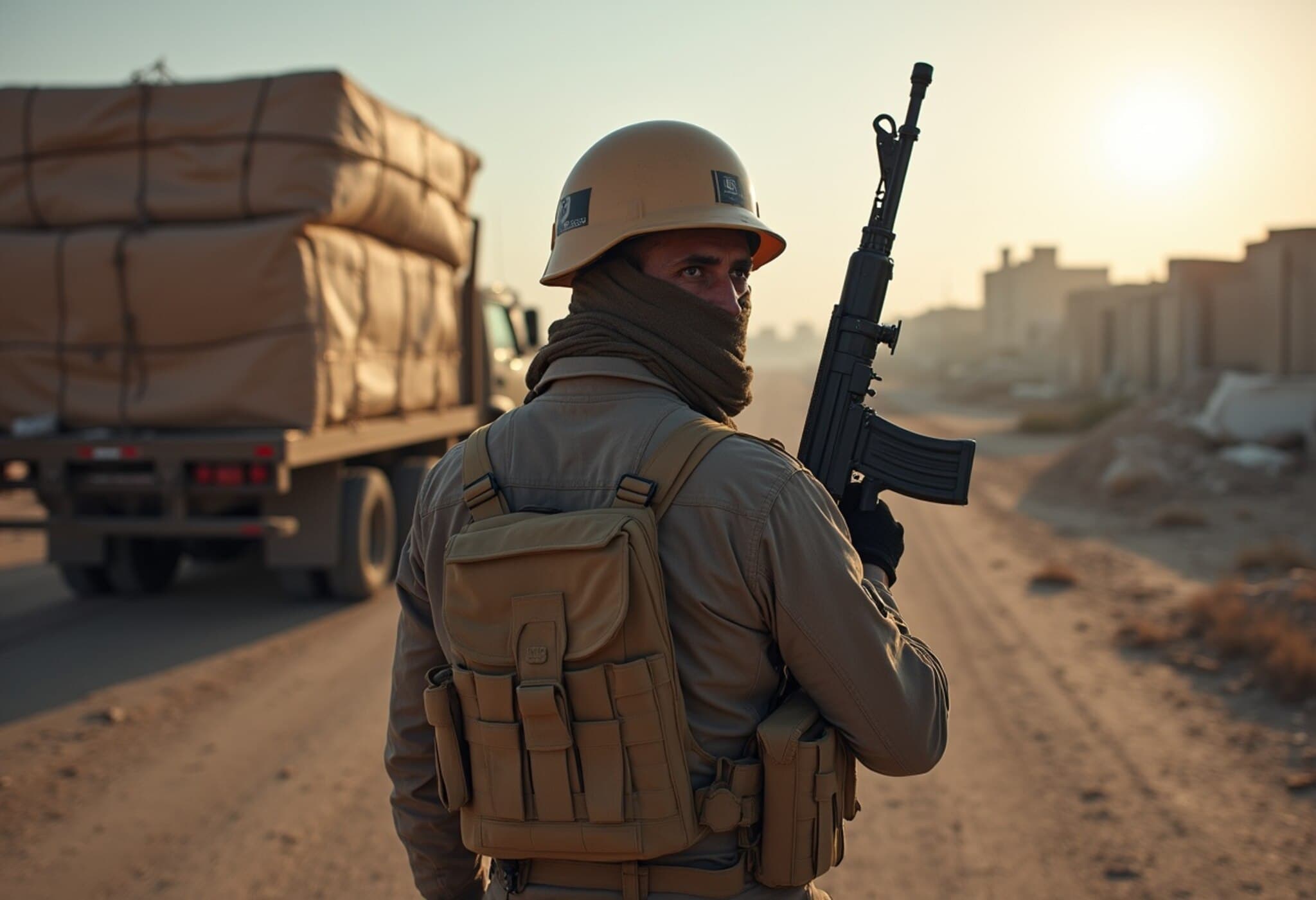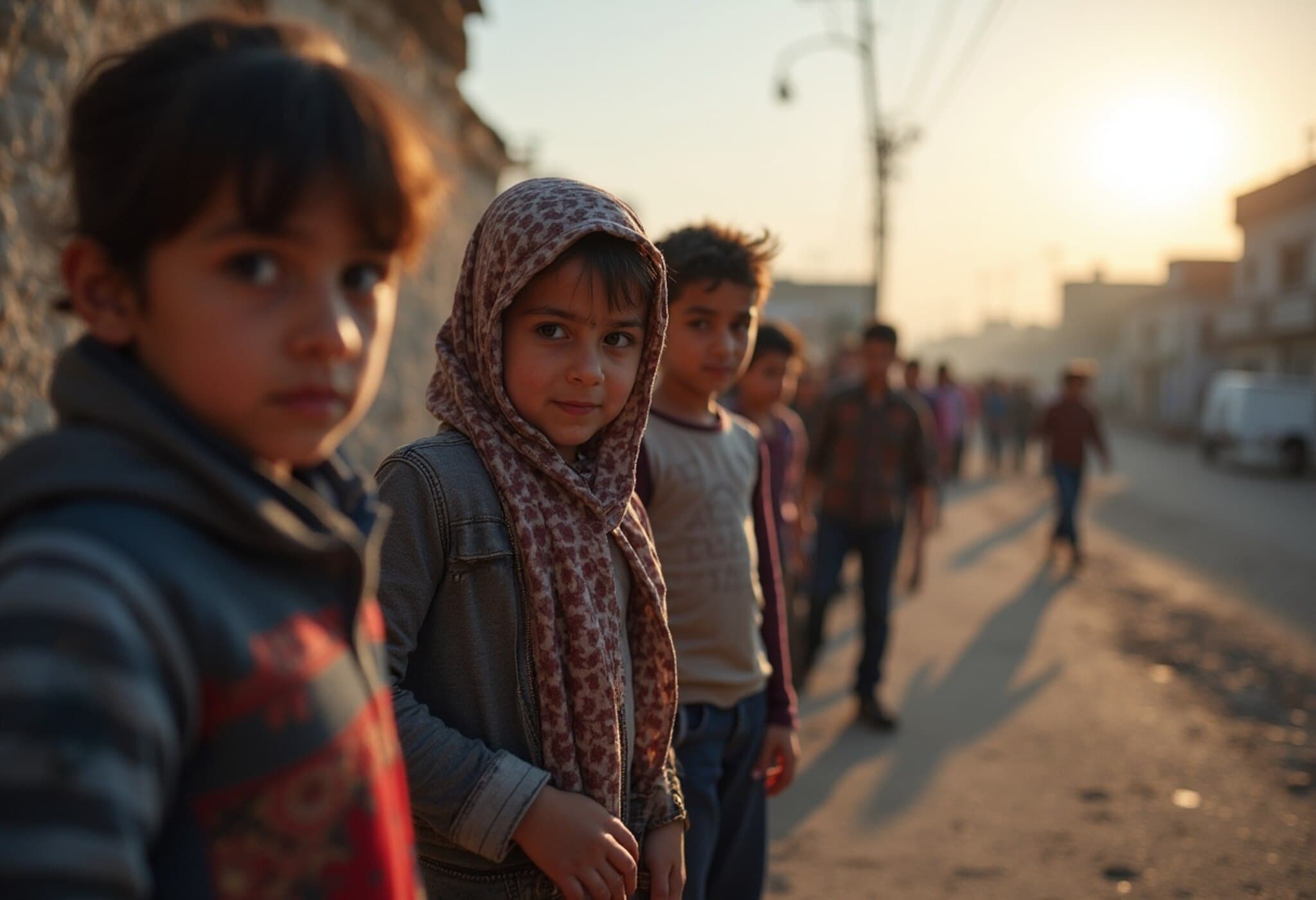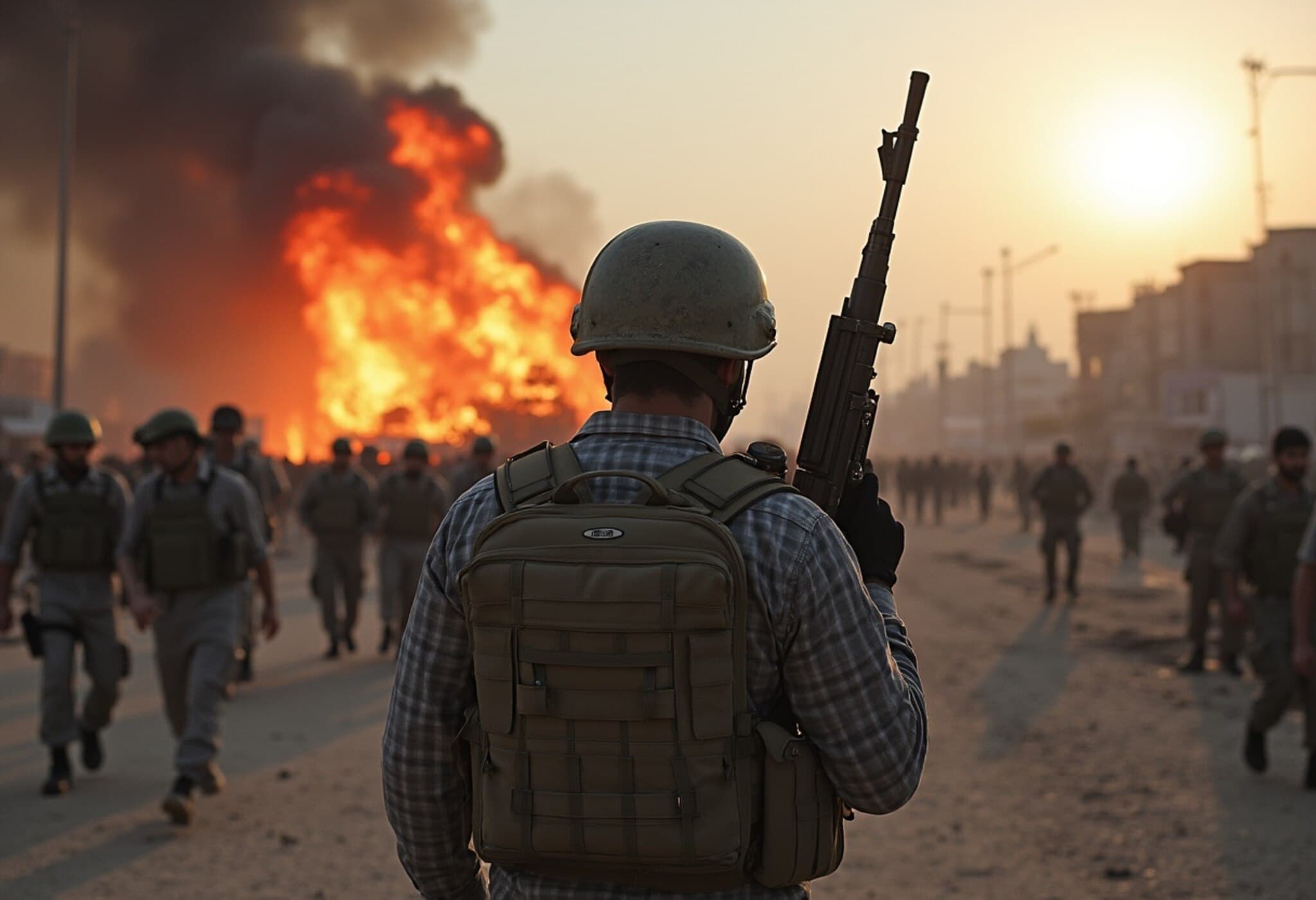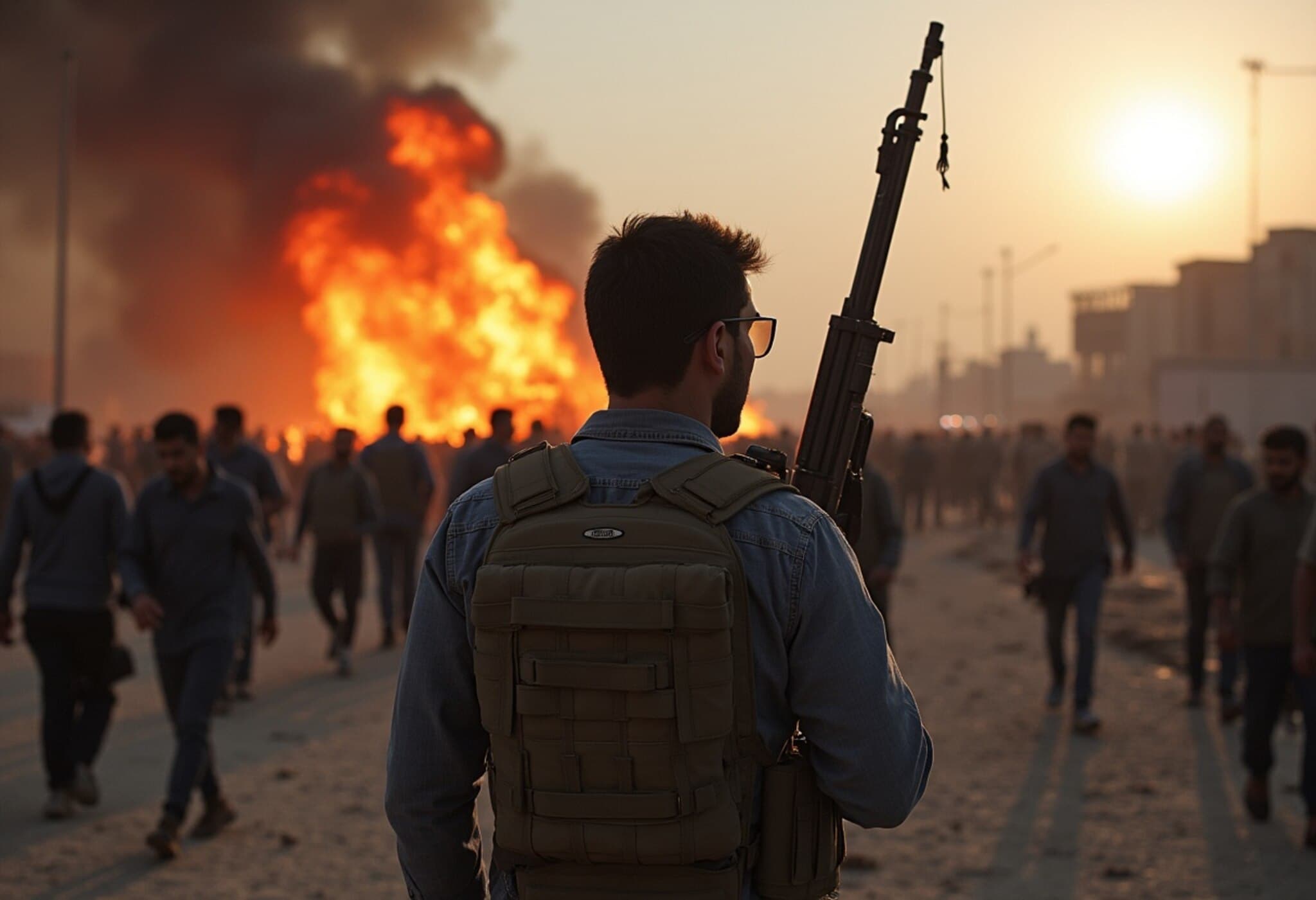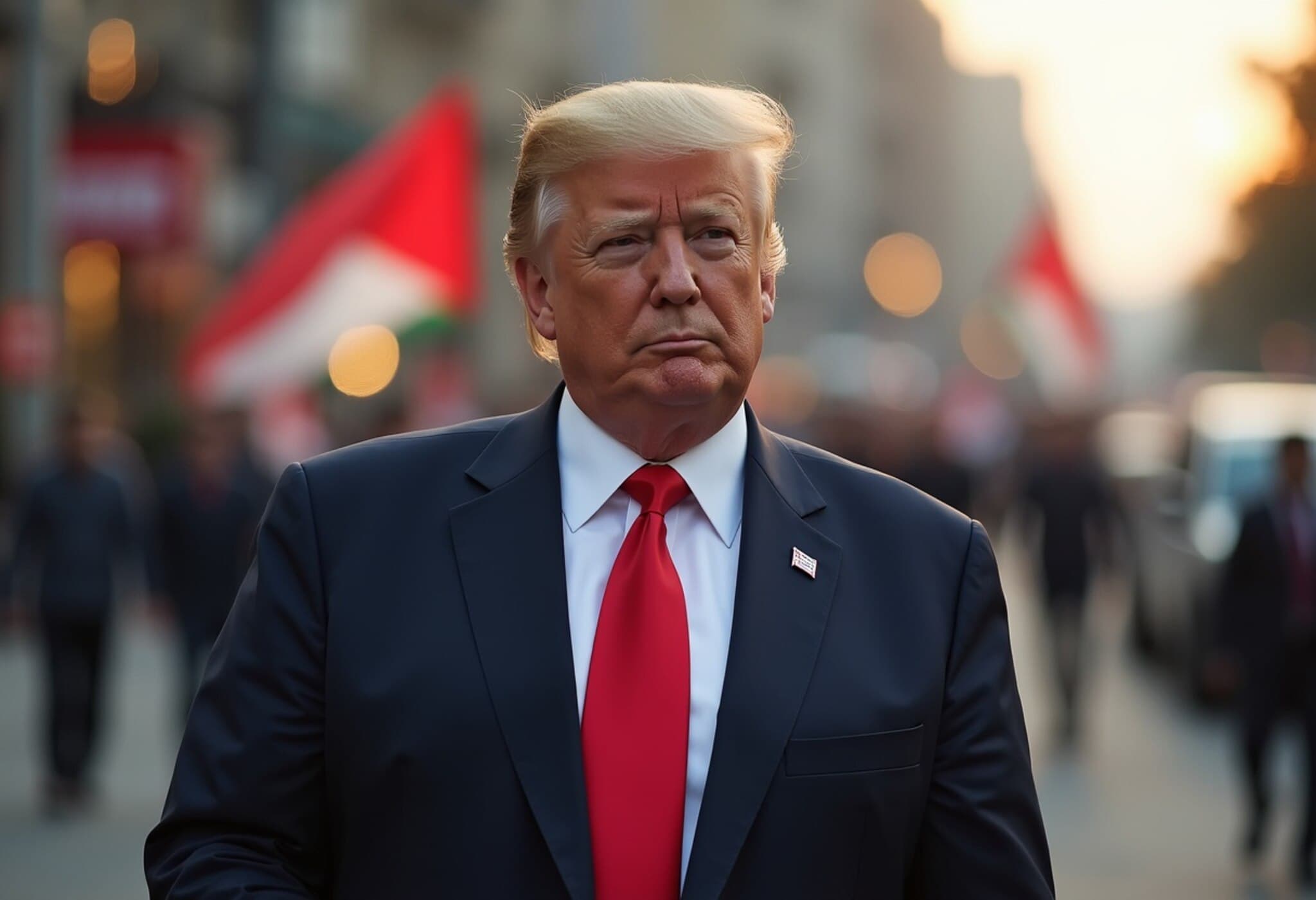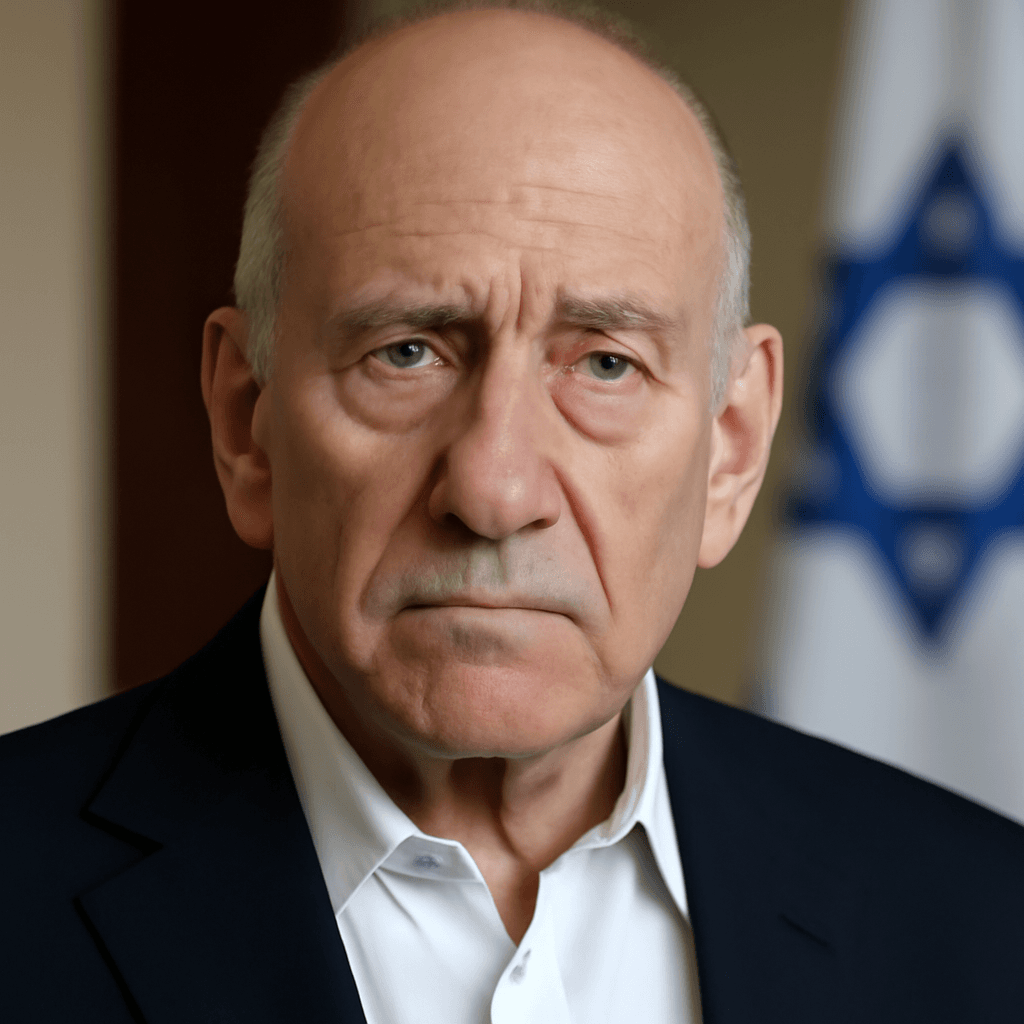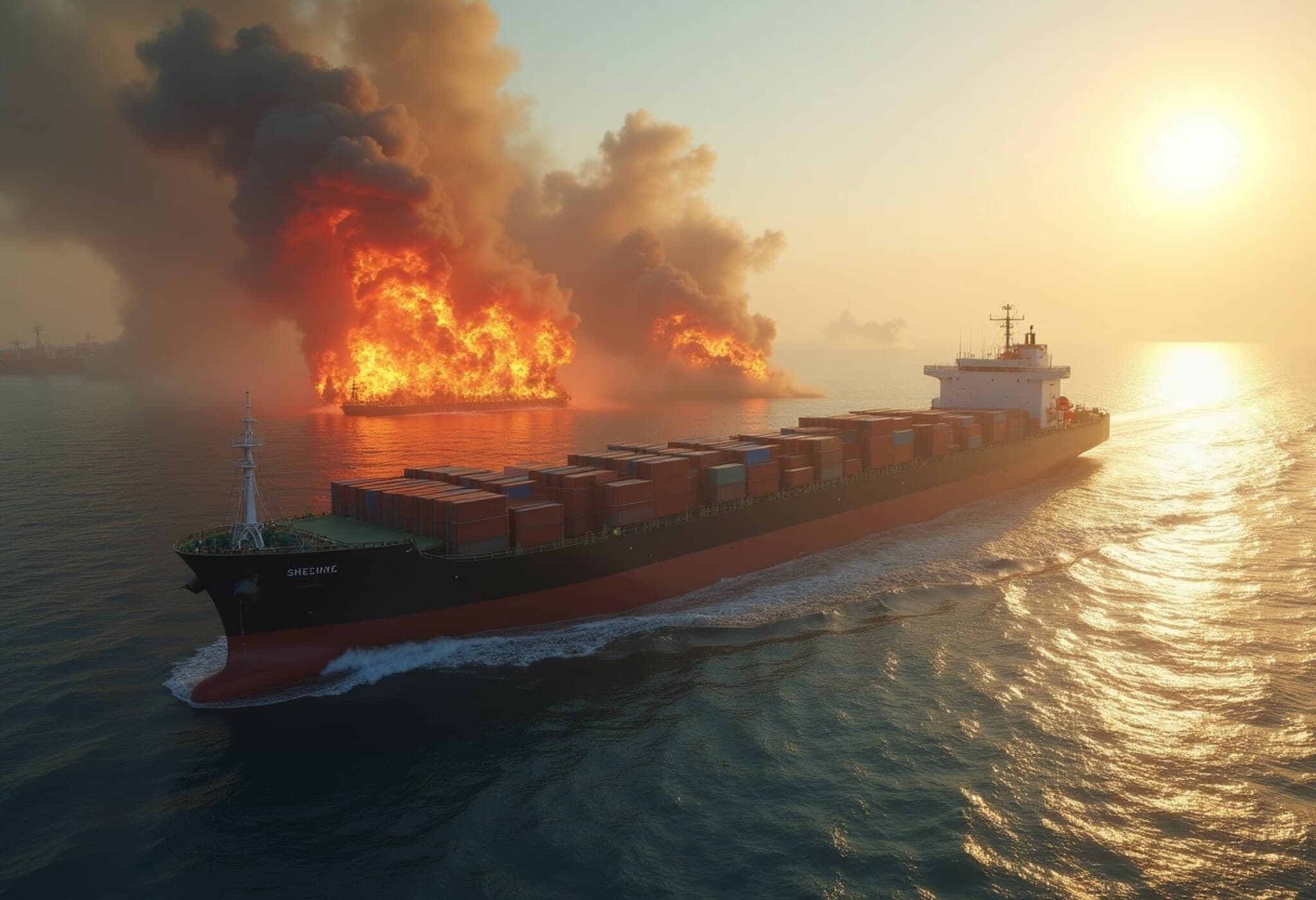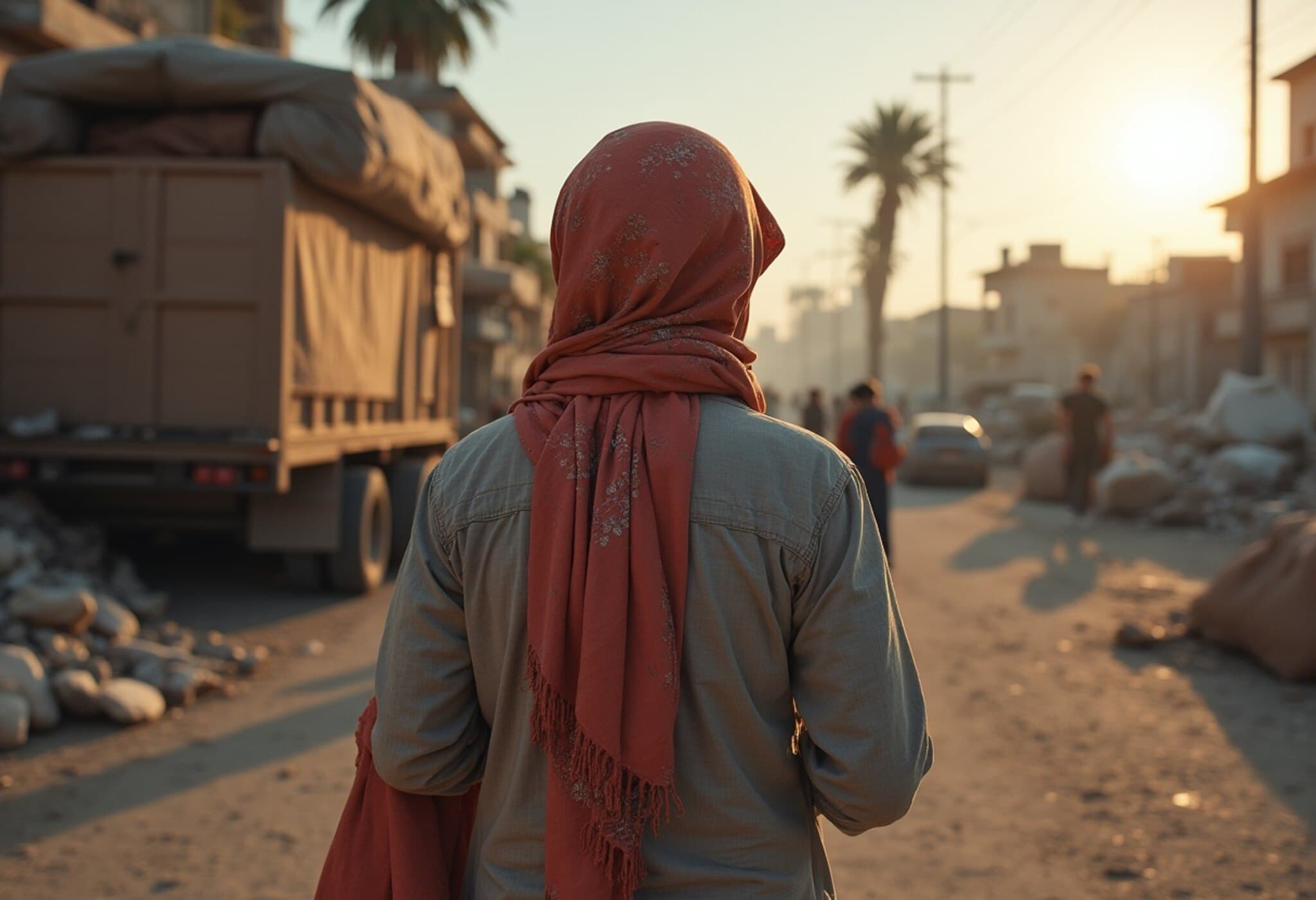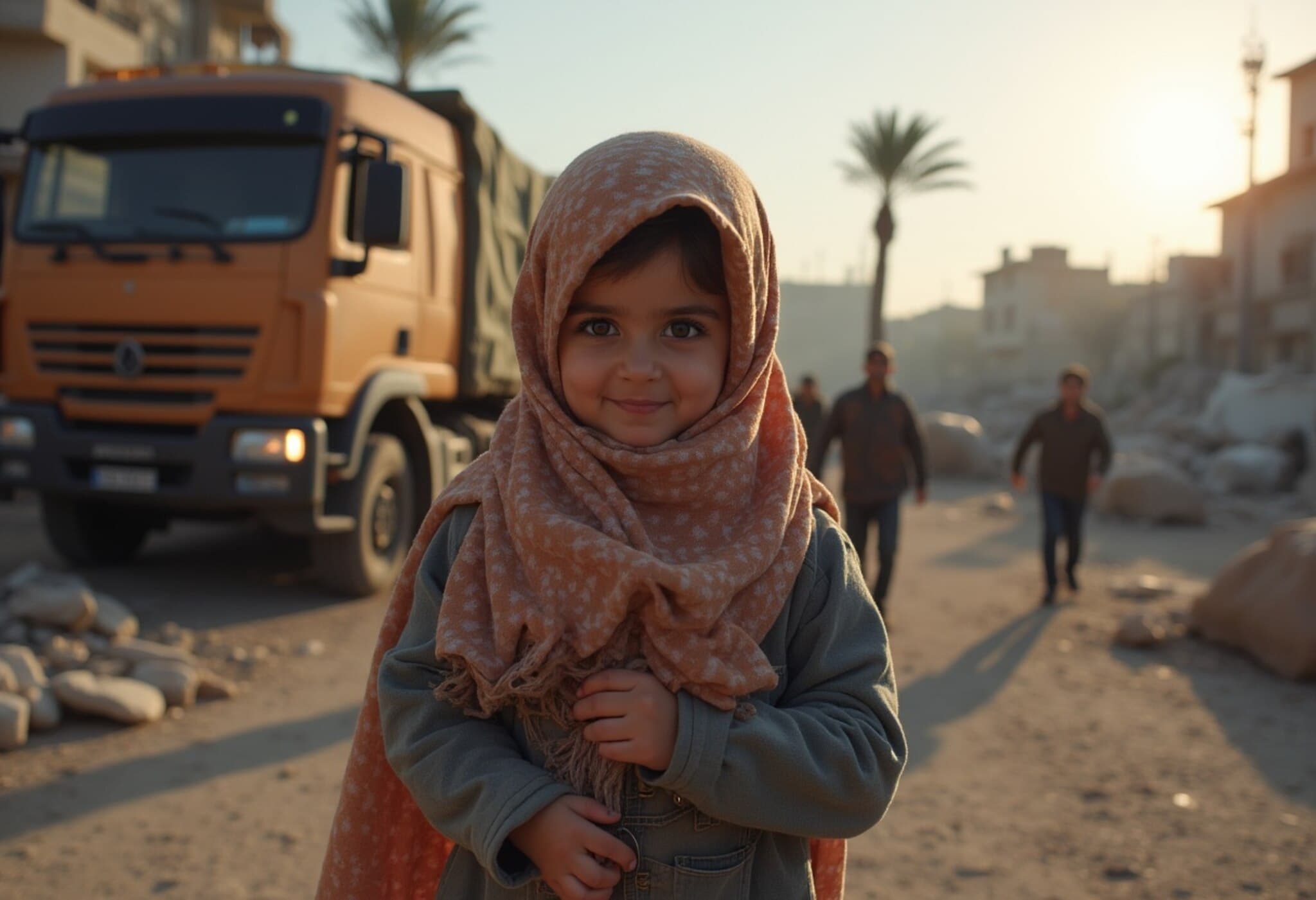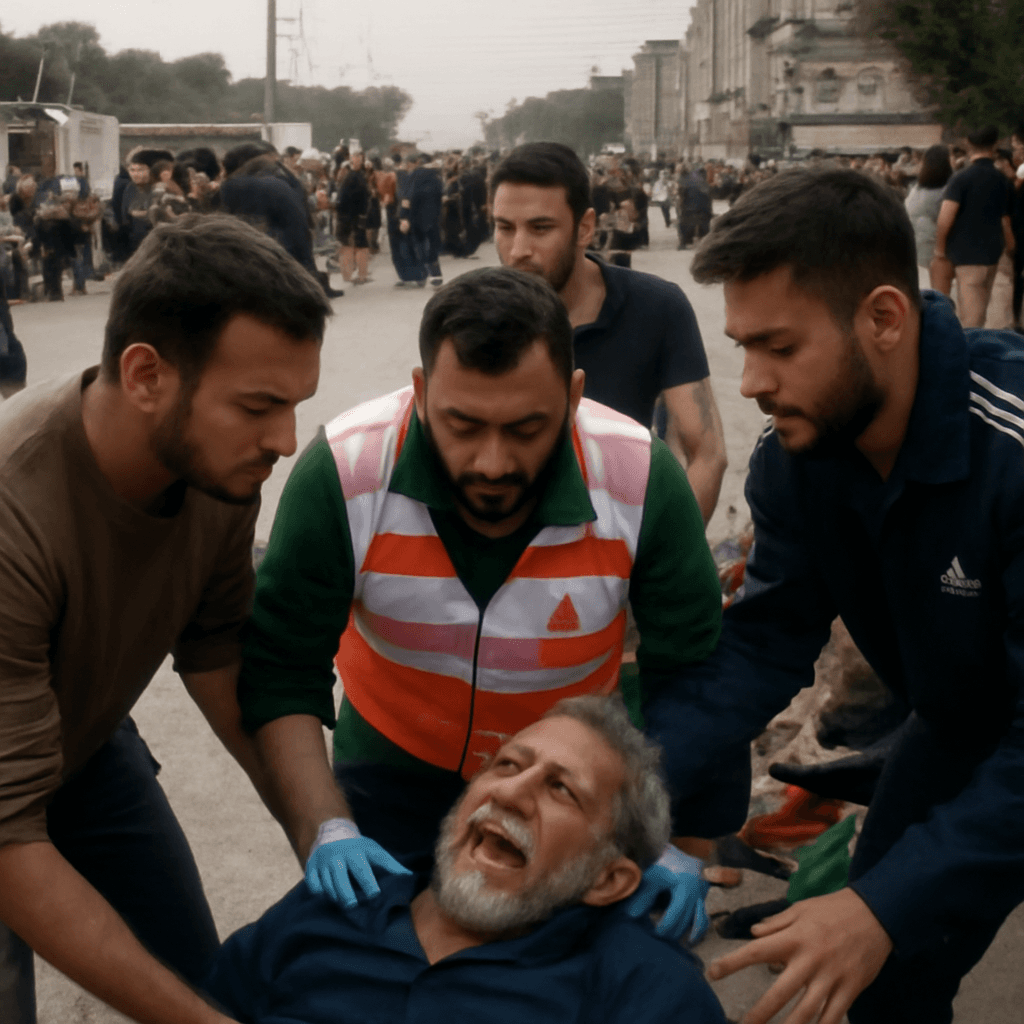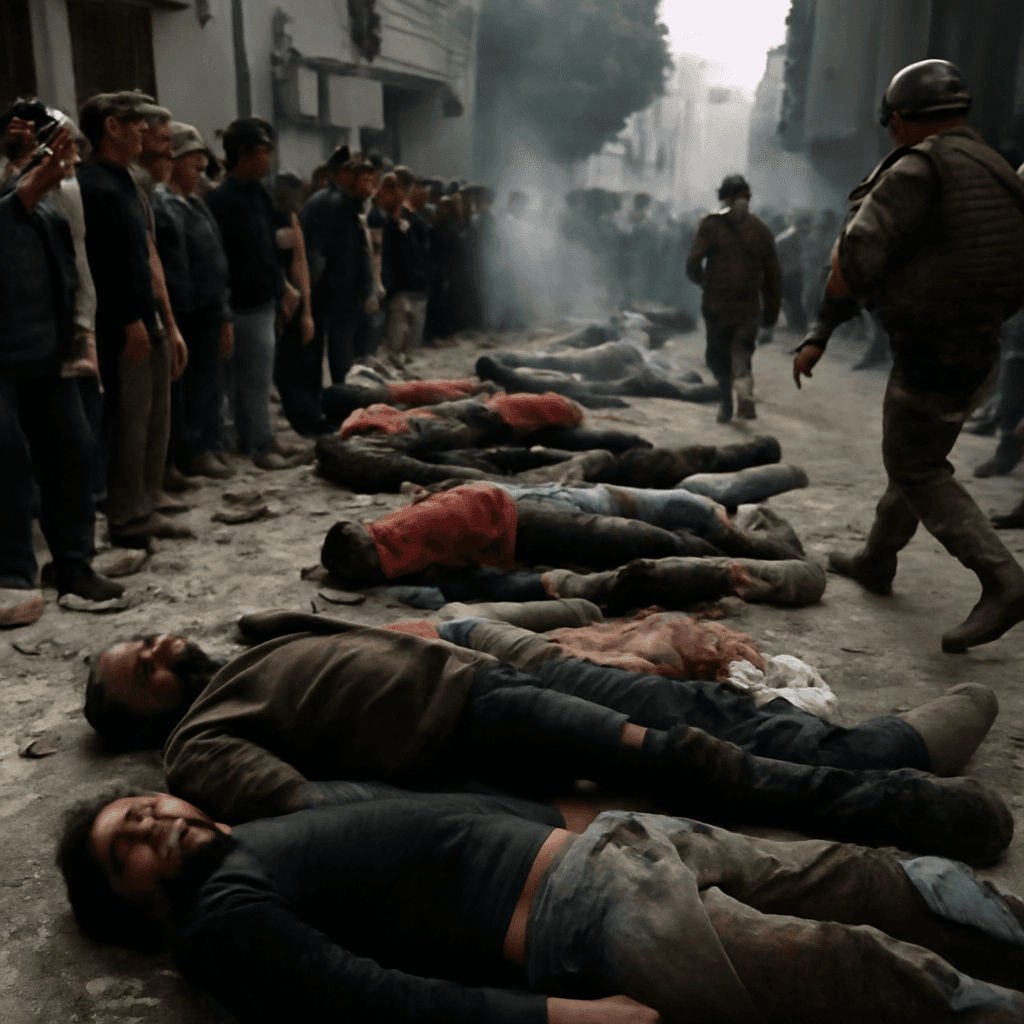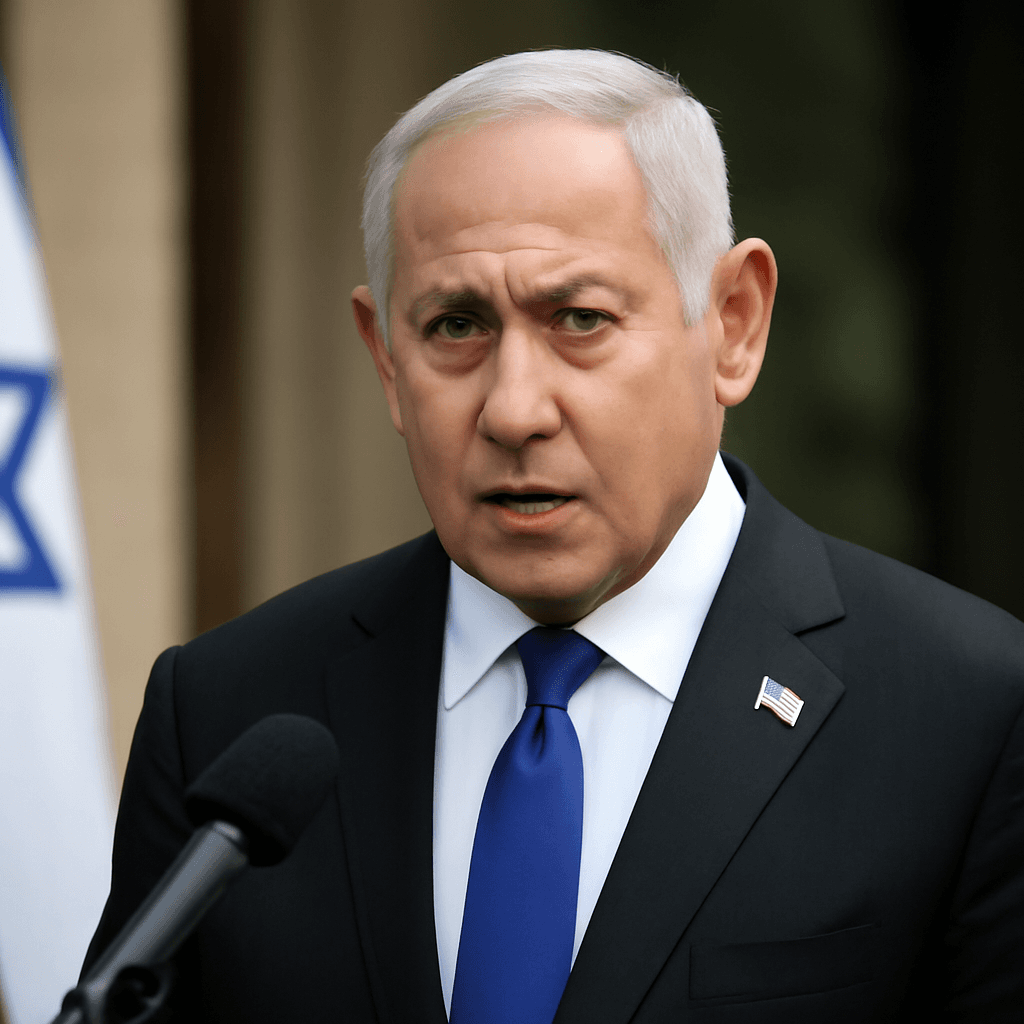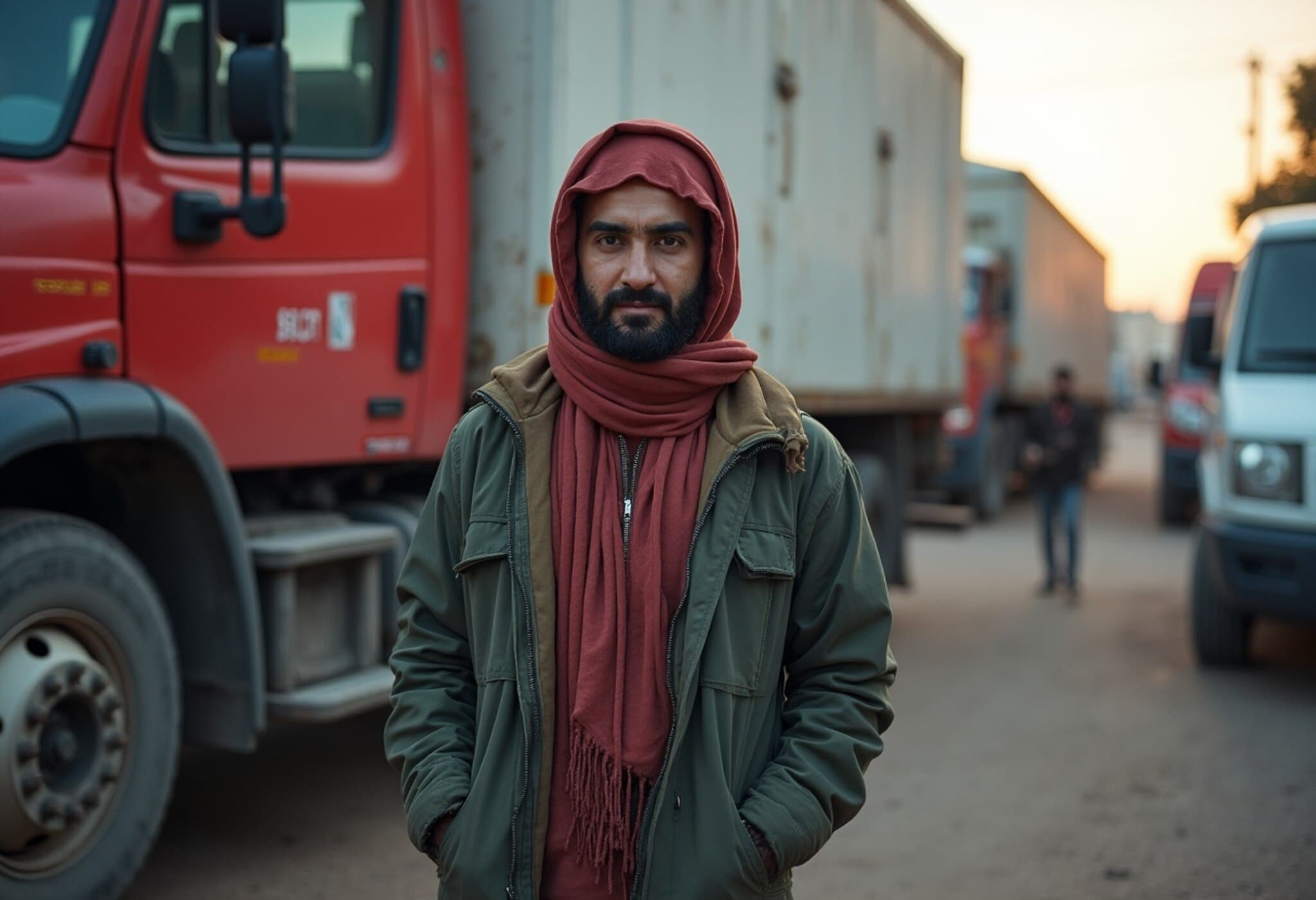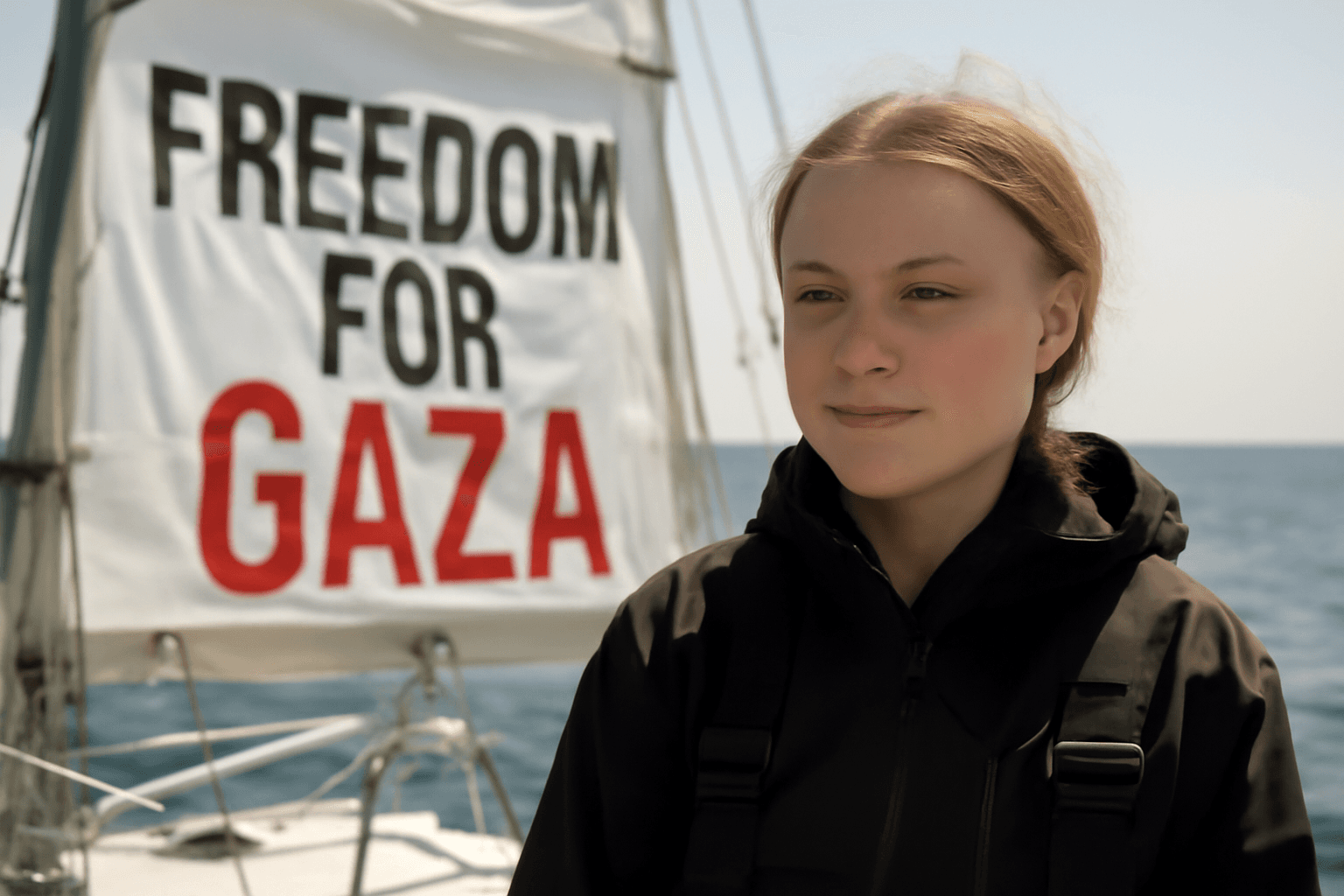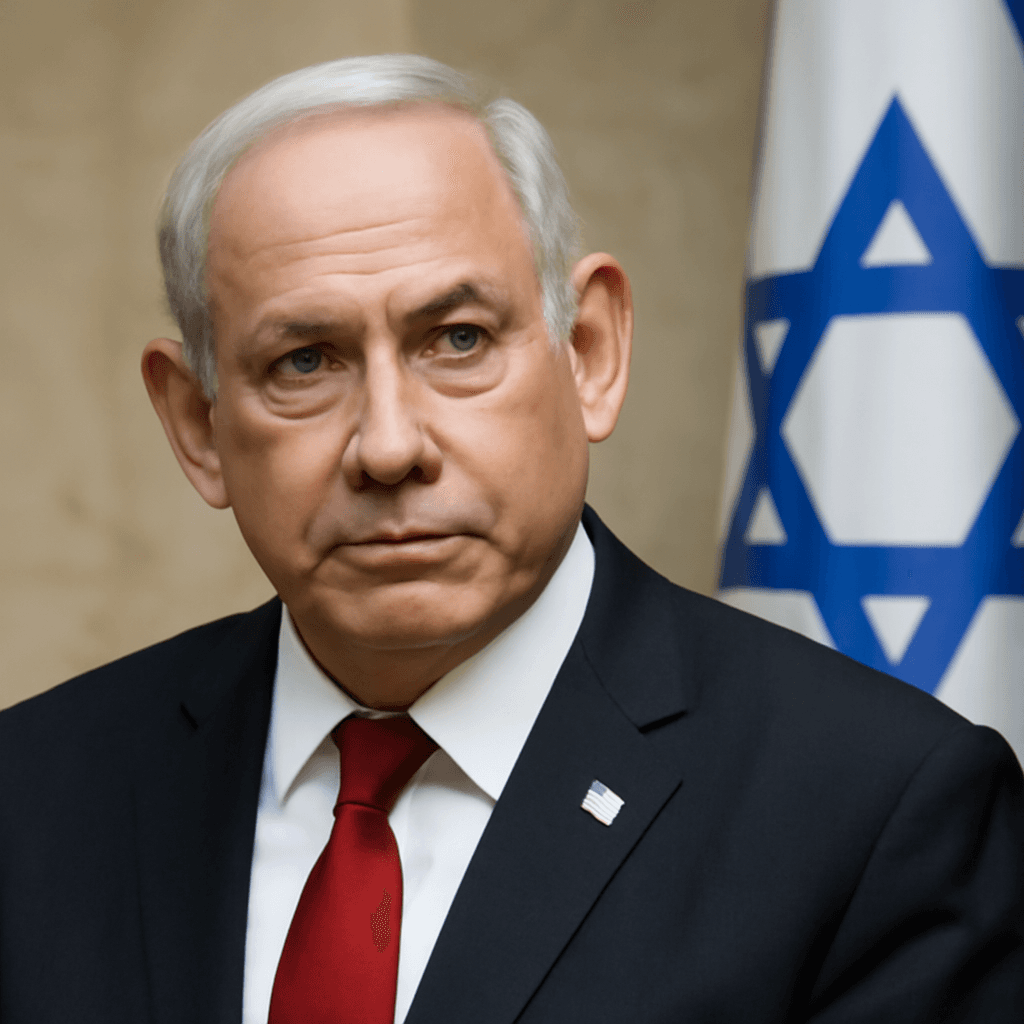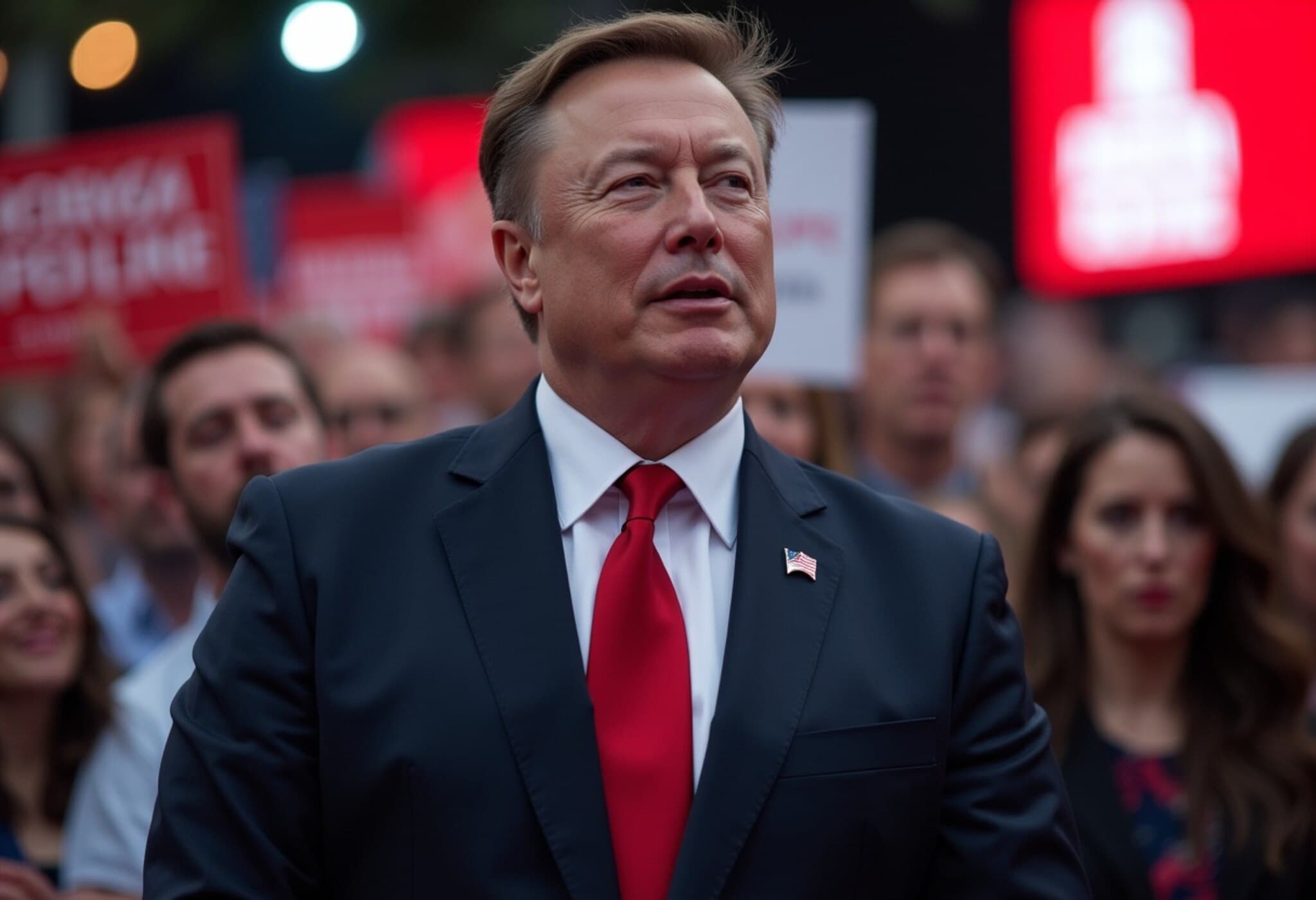Introduction: A Contested Incident in Gaza
On July 5, 2025, a grenade attack at an aid distribution site in Gaza left two American aid workers wounded but not critically harmed, stirring a fresh wave of tension and accusations within an already volatile region. The US State Department swiftly pointed fingers at Hamas as the perpetrators involved in the attack, a charge the Hamas government media office firmly denied the following day, calling the allegation misleading and politically motivated.
Details of the Incident and Immediate Reactions
The attack took place at a site run by the Gaza Humanitarian Foundation (GHF), an organization supported by both the United States and Israel to deliver essential aid within the Gaza Strip. Among the injured were two American nationals employed as private security contractors through UG Solutions, a North Carolina-based firm specializing in security operations.
According to a UG Solutions representative, both contractors are former US special forces members who refrained from returning fire to avoid endangering civilian lives nearby. Their injuries, though serious enough to require medical care, were described as non-life-threatening.
Hamas’ Rebuttal and Strategic Implications
The Hamas-run media office issued a strong statement rejecting the US government's accusations, asserting that they are part of a broader narrative designed to justify what it terms the "continued killing and starvation of Palestinian civilians." The statement emphasized a categorical denial, asserting Hamas had no role in the grenade attack and insinuating that the accusation serves external geopolitical interests rather than reflecting the ground realities.
Contextualizing the Conflict: Why This Matters
This incident is emblematic of the ongoing conflict dynamics between Israel, Hamas, and their international stakeholders. Humanitarian operations in Gaza often occur in precarious conditions, with aid workers caught in the crossfire of diplomatic and territorial disputes. The involvement of US-backed organizations and American private contractors adds layers of complexity, raising challenging questions about the safety protocols for aid delivery in conflict zones and the political narratives that shape global perceptions.
Underreported Dimensions: The Human Impact
- Civilian Vulnerability: Aid distribution centers are meant to be safe zones, yet they remain susceptible to violence—highlighting the enormous risks faced by both beneficiaries and aid workers.
- Private Security in Conflict Zones: The use of former military personnel as security contractors underscores the militarization of humanitarian efforts, a trend warranting closer scrutiny for ethical and operational implications.
- Information Warfare: Conflicting reports and denials feed into broader propaganda battles, complicating efforts to ascertain facts and fostering distrust among various stakeholders.
Expert Commentary: Navigating Truth Amidst Conflict
From a policy perspective, this episode underscores the necessity for international agencies and governments to strengthen transparent investigative mechanisms that can promptly and impartially assess incidents affecting humanitarian work. Without trust in verifiable information, aid efforts risk being compromised, potentially exacerbating humanitarian crises.
Legal experts caution that accusations without thorough investigation can inflame tensions and derail peace efforts, emphasizing that all parties must prioritize civilian protection above political objectives.
Looking Ahead: What Should Readers Consider?
The Gaza aid site incident serves as a stark reminder of the fragile intersection between humanitarian assistance and armed conflict. For observers in the United States and beyond, understanding not only the immediate facts but also the broader context is critical. This includes recognizing how geopolitical interests can color narratives—and how on-the-ground realities of war zone aid delivery remain fraught with peril.
Editor's Note
This episode challenges readers to think critically about the complexity of delivering humanitarian aid amid protracted conflicts like that in Gaza. It raises urgent questions about the role and safety of private contractors, the transparency of accusing parties, and how media narratives influence public opinion and policy. As stories evolve, staying informed through credible, nuanced coverage is essential to grasp the intricate human and political dimensions at play.

